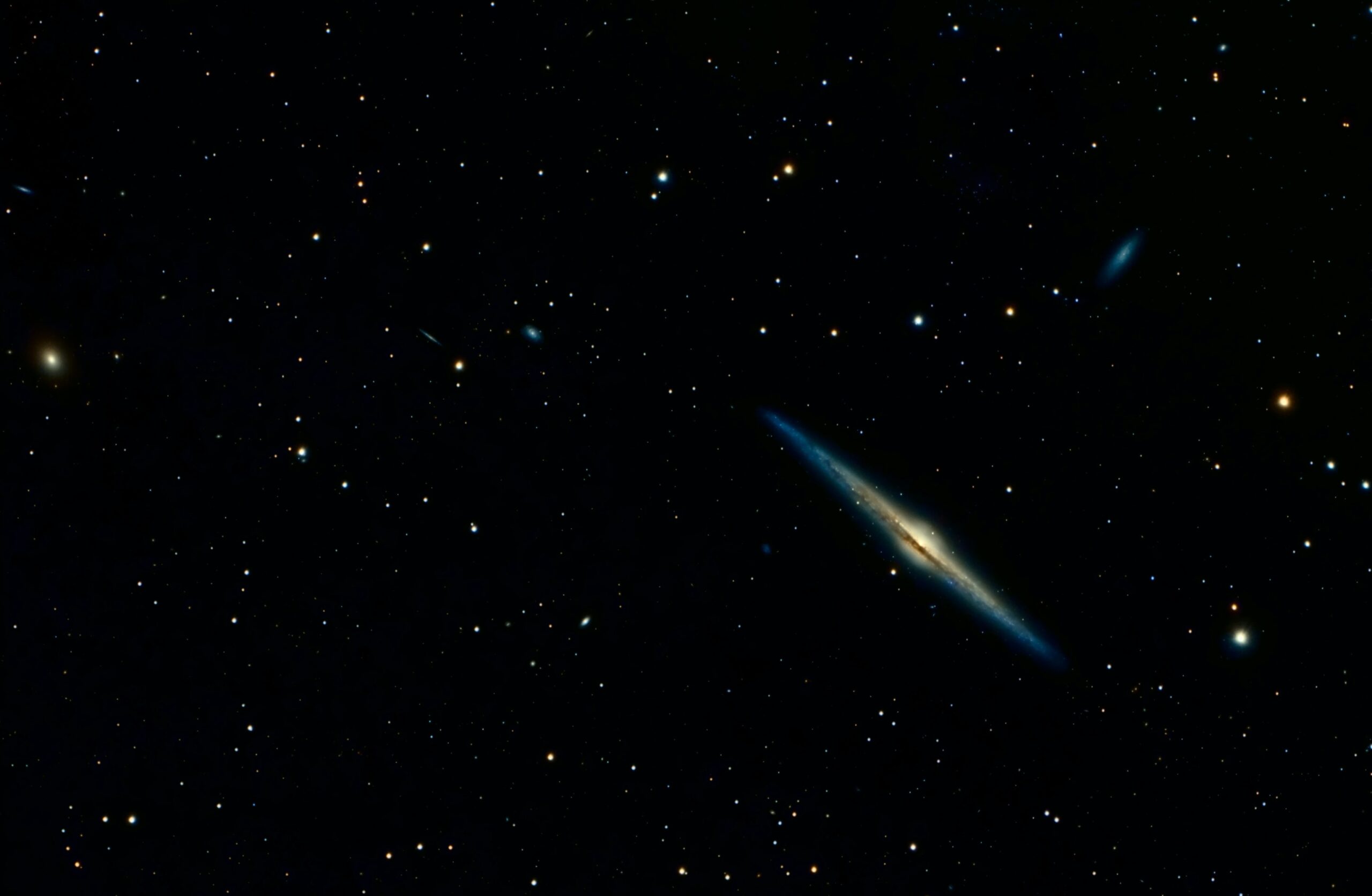Astronomers have detected the presence of a radiation belt surrounding an astronomical object located outside our solar system.
This remarkable finding involves a Jupiter-sized body situated approximately 18 light-years away from Earth. The astronomers, who published their report in Nature, observed a belt composed of energetic electrons encircling the celestial object.
As these electrons move, they emit radio waves. The existence of radiation belts provides valuable insights into the magnetic field shape, internal structure, and potentially even the presence of moons surrounding cosmic bodies.
Within our solar system, each planet possessing a global magnetic field also possesses radiation belts. For instance, Earth has the Van Allen belts, which consist of electrons captured from the Sun. Jupiter’s radiation belts primarily derive their particles from the volcanic moon Io. In both cases, the planet’s magnetic field traps electrons within a bubble surrounding the celestial body, resembling fireflies captured in a jar.
To identify similar radiation belts beyond our solar system, astronomer Melodie Kao and her team observed a Jupiter-sized object known as LSR J1835+3259 using a network of 39 radio dishes spanning from Hawaii to Germany. This network effectively formed a radio telescope with a diameter equivalent to that of Earth, enabling the researchers to scrutinize the object’s surroundings.
According to Kao from the University of California, Santa Cruz, the team successfully detected a belt strikingly similar to Jupiter’s radiation belts but around 10 million times brighter. With a mass nearly 80 times that of Jupiter, the object is either a dwarf star or a massive brown dwarf—a dim stellar-like entity lacking the necessary mass for hydrogen fusion.
Astronomers observe the first #radiation belt seen outside of our #solarsystem @nature https://t.co/iypOoMo8yI https://t.co/sx2a3PBHEn
— Phys.org (@physorg_com) May 15, 2023
One significant mystery lies in the origin of the electrons comprising the belt. The object does not orbit a star and does not exhibit flare emissions. While a volcanic satellite could potentially explain the presence of the belt, this remains speculative.
The knowledge that LSR J1835+3259 possesses a radiation belt will assist researchers in deciphering data from exoplanets in the future, even if direct observation of such belts remains challenging.
Kao emphasizes the nascent stage of understanding exoplanet magnetism, stating, “Until we can characterize exoplanet magnetic fields, we’ll miss entire segments of their life stories.” This groundbreaking discovery serves as a critical step forward in expanding our comprehension of the cosmic environment beyond our solar system.

































